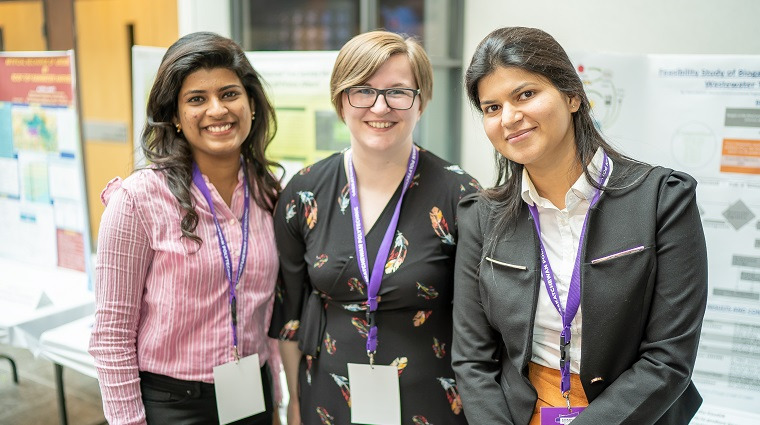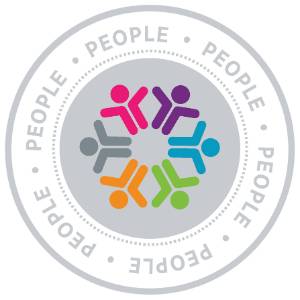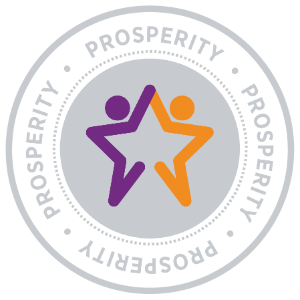
Equity has been standard lingo and an important consideration in the human resource world for many years. More recently, the terms diversity, inclusion and Indigeneity, are being used alongside equity and are collectively referenced as EDII. Like many higher education institutions, Saskatchewan Polytechnic has been steadily working towards the goal of embedding the leading practices in diversity and inclusion in its behaviour and organizational processes. “An example is our Indigenous Awareness training, which all employees are required to complete as part of the onboarding process,” says Terence Carswell, Sask Polytech’s associate vice president of Human Resources. “We are beginning work on a larger, organization-wide EDII strategy development, which will be an area of focus for Sask Polytech in the year ahead.”
Carswell is a human resource leader, but he and colleagues recognize that EDII goes far beyond hiring practices. In academic circles, faculty leadership are seeing the value of Indigenizing curriculum, a process that makes our programs more inclusive and helps us all to see things through more than one lens. Student service teams are recognizing the importance that celebrating diversity makes in student success. Students who feel supported and celebrated have a better overall experience. EDII is also increasingly becoming part of the conversation in the research world. Sask Polytech’s Office of Applied Research and Innovation (OARI) has taken the proactive approach of creating an EDII-focused coordination position to help navigate this growing area of focus.
“The value of a diverse and inclusive work environment just can’t be overstated,” says Dr. Susan Blum, associate vice-president of Applied Research and Innovation, “and it’s more important than ever in the research and innovation sphere. What we do here influences what research is undertaken and how it’s undertaken, and that ultimately helps determine where we go as a society. On a more practical note, federal funders of applied research partnerships such as the Tri- Agency and have new and emerging EDII requirements, making it important that Sask Polytech take an active approach.”
With the recent establishment of a formal position focused on EDII, Blum’s team is positioned to make further inroads in this important space. Paula Lindain, who recently took on the role of EDII and student research coordinator has a dual focus, but one that overlaps in important ways. “Students are at the heart of everything we do,” says Lindain. “My new role will help to ensure that more students participate in applied research as part of their educational journey, and that students and researchers from diverse backgrounds are encouraged to contribute to the new and exciting projects we undertake.” Lindain, who has a Filipino heritage, has a strong interest in EDII in higher education and is excited at the opportunity to help move things forward. “We have recently launched a new internship program with support from NSERC to encourage and support Indigenous students’ participation in applied research and scholarly activities,” says Lindain.
Blum has long been a diversity trail blazer, starting with her own career. Her early work in biology saw her darting polar bears from a helicopter in the far north as one of the world’s first female polar bear researchers. “It was a field where I wasn’t entirely welcome at the start,” Blum remembers. “I had to find someone who would take me on as a biology PhD student in a subject area where women just weren’t considered, and then prove my worth.” Blum has made steady progress in the years since, establishing herself first in the polar bear research world, and then as academic leader in the field of research and innovation.
Blum’s OARI team models the diversity she and Sask Polytech leadership wants to see more of on research teams and projects in the coming years. Of the 14 employees who make up the team, 10 are women and six are women of colour and/or Indigenous. “It is so important to have different perspectives on a team,” says Mona Barzegarganji, Research Support Coordinator with OARI, “and for those perspectives to be representative of the people affected by decision making. Having the Indigenous community represented on the working group while we were creating the Indigenous student internship program, for example, was key to making sure it will fit the needs of this particular group of students. Diverse teams also help to reduce biases, whether conscious or unconscious.”
Applied research projects and initiatives at the institution are led by research associates, leads and chairs in schools and centres across the institution, and these individuals are also starting to be more representative, with six of 20 being women and four being people of colour. “We are trying to focus on having more women involved with our research and projects and supporting more women to be in lead positions in research,” notes Barzegarganji.
“Our research partnerships with business and industry and with communities reflect our EDII goals as well,” notes Blum, naming Indigenous mental health and Indigenous health data management as recent topics of research. “Having policies and procedures in place that support EDII mean more equitable funding allocation, more inclusive teams, more diverse partnerships and projects that might not have occurred otherwise.”
Barzegarganji notes that without an EDII focus, sometimes policies, procedures and criteria can eliminate people from successful participation in research because they don’t fulfill one requirement, for example language. “Imagine a researcher who is a newcomer to Canada. If their first language is not English and they are new to the system, writing grant applications would be very difficult for them. With a supportive team around them, though, they can overcome these challenges and we all benefit from their research expertise.”
Lucy Pereira, associate vice-president of Strategy at Sask Polytech, notes that OARI’s EDII focus ties with the United Nations sustainable development goals (SDGs) and Sask Polytech’s commitment to the SDG Accord. “This work speaks to SDG 5 and SDG 10, which talk about gender equality and reduced inequality overall, and SDG 16 which promotes inclusive institutions at all levels. Sustainability is more than just about the environment—it’s about creating a better world. A more equitable research environment benefits us all.”
“I’m excited to be a part of a more formal structure aimed at championing EDII in applied research at Sask Polytech,” says Lindain, who has launched a monthly EDII lunch and learn session to engage the Sask Polytech community in her work. “Employees and students have been appreciative and open to this conversation. There’s a lot to think about and consider. More diverse teams mean more diverse ideas. A diversity of ideas leads to creative solutions and research that is more relevant. Really, EDII leads to better research.”
To find out more about applied research at Sask Polytech, visit: Applied Research and Innovation (saskpolytech.ca)
Saskatchewan Polytechnic is signatory to the SDG Accord. Sustainable Development Goal alignment is one of the ways Sask Polytech is leading the rise of polytechnic education.


Published February 2023.

